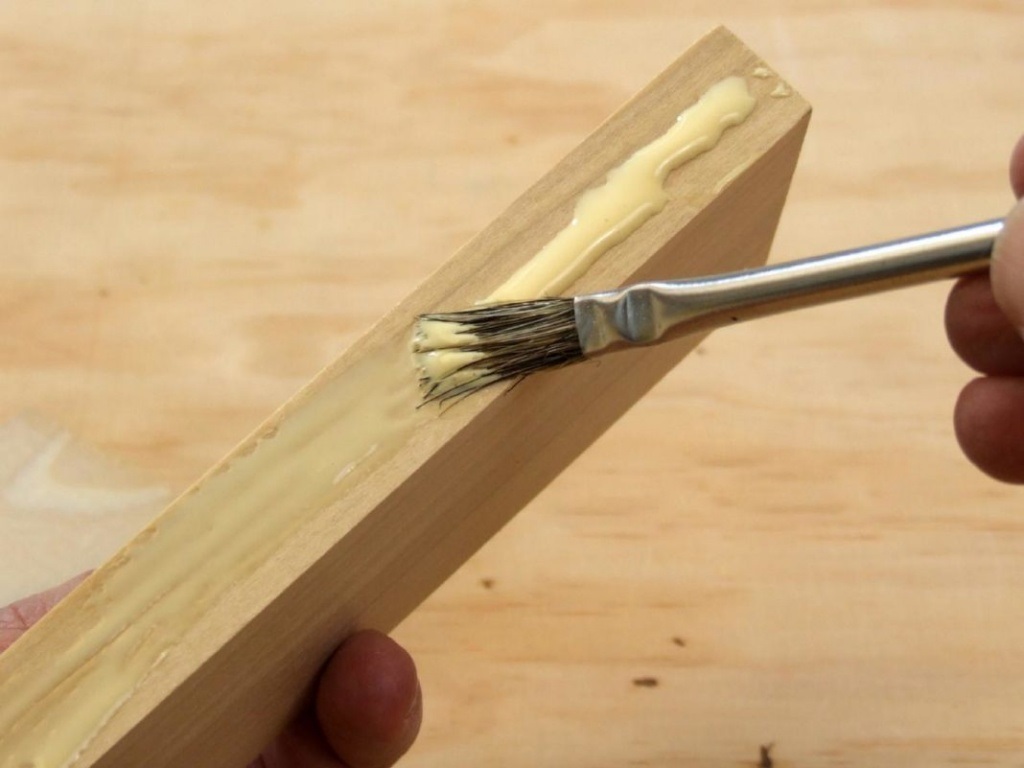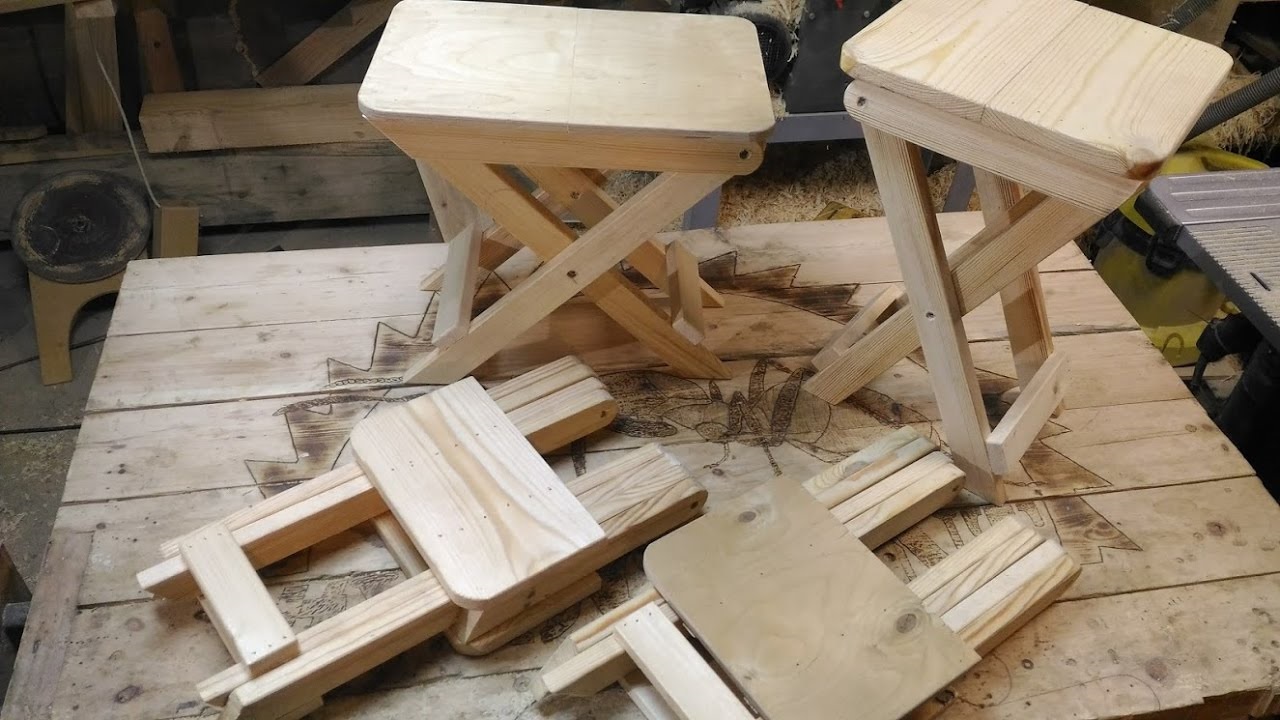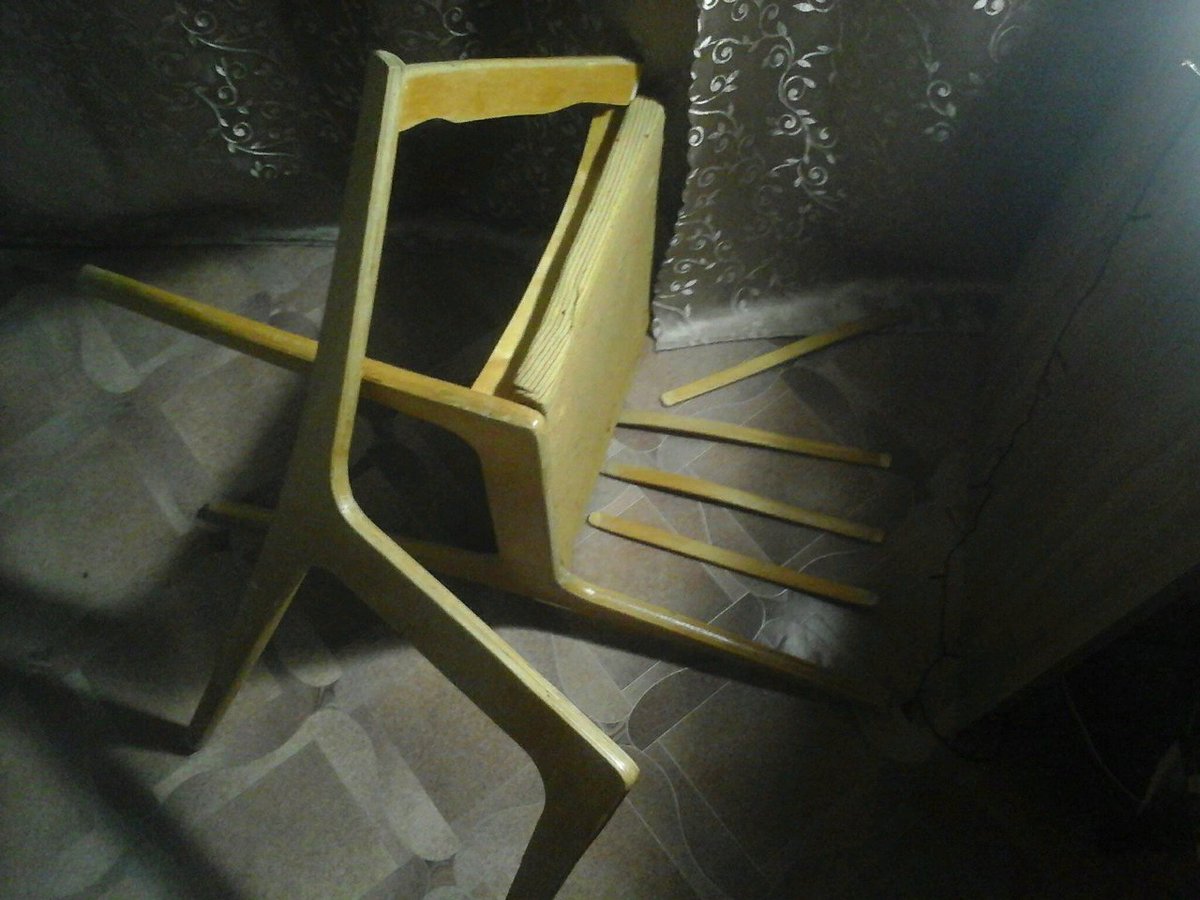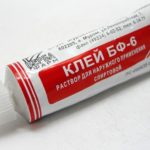How to properly glue a wooden chair
In the interior, each family has wooden chairs, these are comfortable and practical products for home furniture and not only. There come times when, as a result of prolonged use or mishandling of a wooden product, it breaks down.

At such times, you can either dispose of it, which is the easiest way, or try to repair it. The main thing is not to be afraid to try and you will definitely succeed.

What to do if a wooden chair breaks
Breaking the legs of wooden chairs is the most common problem. First, you need to fully view the interior element and determine the nature of the damage. Breakage can be associated with a violation of the integrity of the structure, or with loosening of individual elements associated with the drying of the glue.

A broken chair can be repaired by gluing the torn elements with special glue.
How to choose the right glue
So how to glue a wooden chair if it's broken?

To understand what kind of glue to glue wooden chairs, you first need to familiarize yourself with the list of qualities that he should have. These include:
- Resistant to water and light.
- Strong adhesion to porous wood surfaces.
- The ability to form a strong, tight seam that can withstand external influences.
- Transparent colorless texture after drying.
- Convenient use.
- Resistance to temperature changes, aggressive environments.
- Prevents the formation of fungal colonies on the surface.
- Long service life.
- No stains on the glued parts of the chair.
- Quick drying.
- Acceptable price.
- Environmentally friendly composition.
- Lack of toxic components in the glue.

Types of glue that have all of the above properties and, accordingly, are suitable for gluing wooden chair elements:
- PVA glue.
- BF glue (phenolic butyral).
- Epoxy adhesive.
- Polyurethane adhesive.
- Syndeticone glue.
Which furniture glue is better? The most effective on this list is PVA glue, which basically contains a polyvinyl acetate dispersion. Due to the percentage of this main component in the glue and other additional components, its functionality changes.
It is recommended to use PVA joiner's glue for wooden chairs, and also plasticized dispersions D40P-D53P are suitable for gluing.
How to glue a wooden chair yourself
Let's find out how to glue chairs at home.
Note! To fix a wooden chair, you first need to decide on the type of violation of the integrity of the piece of furniture.
This could be:
- Looseness of parts due to the old age of the product, due to drying of the glue, or improper use.
- Breakage of the part of the chair by texture, it is desirable that the fragments are large, otherwise, it will not be possible to glue the small particles.
- Detachment from the frame of any part along the seam.

Secondly, you will need to prepare special tools:
- Hammer with rubber attachment.
- Construction knife or chisel.
- Sandpaper.
- Clamp, press or tightening straps.
- Clean cloth.

Thirdly, purchase a suitable adhesive from the above list.
Fourth, prepare a suitable place for renovation.
Fifth, find all the broken pieces, and, if necessary, decide on the groove and spike.
Sixth, if necessary, disassemble the chair frame into parts. This can be done with hot steam. Here you can use an ordinary kettle, boil water in it, fix a rubber or plastic tube on the spout and bring it to the seams of the chair. Then, carefully swinging the elements, disassemble into the necessary parts.

Stripping spike joints
After all the manipulations above, you can start cleaning the spike joints, for this you need:
- Remove the remaining dry glue from the surfaces to be brushed roughly using a chisel, rasp, sharp knife or coarse sandpaper.
- It is advisable, but not necessary, to apply light notches across the spikes for a stronger bond with the glue.

Additional Information! To obtain a more durable fastening, you need to cut a cut along the spike to 75% of its length, which will be equal to the length of the wedge.
It is important to be precise, as non-observance of the proportions can lead to cracks in the parts. With the subsequent hammering of the parts with a hammer, the spike will move apart with a wedge and a reliable structure is formed, which must first be pasted over.
If there is a breakdown in the texture of the wood, then you will need to either collect and sand all the broken off parts, or replace the part with another, especially if the fragments are small and there are a lot of them. The glue just can't cope in such a situation.

Pasting process
Now you can start gluing the parts. To begin with, you should prepare the selected glue.
If the chair has been completely disassembled, then the gluing should be carried out in stages, starting with the connection of the right half to the left by means of jumpers. The back is glued at once.

How exactly the glue is applied to the glued surfaces of the parts:
- Grease the grooves of the chair carefully and thickly.
- Lubricate the spikes in the same way, without missing a millimeter, do not forget to lubricate the cuts.
- Smear the wedge completely around the perimeter.

Now you can start driving the spike into the groove:
- Do not fully insert the spike into the groove, you need to make sure that the wedge coincides with the cut.
- Gently drive the parts into the groove using a hammer with a rubber nozzle, at the beginning, with light movements, then reinforce, for a firm hold and fit into place.
- Remove excess glue that has come out with a cloth previously provided for this case.

In the case when there are sufficiently large fragments from the chair, which were previously sanded, you can proceed to pasting. Namely, carefully lubricate the areas to be glued and press firmly against each other, carefully removing the protruding glue.
For better gluing, it is necessary to secure the parts with a clamp, press or tightening straps. If none of this is found, it doesn't matter, you can use a regular rubber band from an expander.

After a day, the fasteners can be removed and your favorite restored wooden piece of furniture can be used.

Important! However, do not forget that any piece of furniture requires careful attitude to itself, therefore, try not to swing on your back legs and do not overload the chair.

How to glue a chair leg correctly
If a wooden chair has a broken leg, it can be quickly and easily restored. For this you need:
- Find all the parts to be glued.
- Prepare a convenient place for gluing and subsequent drying within 24 hours.
- Prepare the tools mentioned above.
- Buy the glue you want.
- Pull the loose leg out of the seat of the chair.
-
Carefully remove the remnants of the old adhesive from the groove, wedge and tenon surfaces. If there is not much glue, then sandpaper will cope with it, but if the sandpaper does not cope, you can use a chisel, a sharp knife to remove it. To make it easier to remove glue residues, it can be steamed with water vapor from the kettle, as mentioned above.
Finally, you can sand a little more to a rough to the touch surface with sandpaper, but do not overdo it, remember, the parts should fit snugly together.
- Apply a generous layer of glue to the surfaces to be glued.
- Insert the spike into the socket, help with a hammer with a nozzle, through light blows, to enter the place of the leg.
- Wipe off any glue drops.
- Fasten the parts tightly with a press or belts.
- Leave to dry for a day.

What to do if the glue does not hold
What to do if all of the above manipulations were done, and the chair falls apart, because the glue does not hold at all. Well, maybe the reason is the mistakes made during the gluing process. Let's consider them in more detail.
The glue is not dry
Perhaps the due time has not expired in 24 hours.
It may be due to high humidity, which is more often observed in the summer months. It has been noticed that the glue dries faster in dry air, in the winter months, when the batteries reduce the humidity in the room as much as possible. In addition, the wood can absorb excess moisture into its structure, and then, as it dries in the colder months, the stool can loosen again.

Not dry, as it was mixed incorrectly before use, this is especially important when handling epoxy glue.
The glue was chosen incorrectly
The glue must have all the properties that were indicated earlier, otherwise, such glue will not hold the fastened parts;
The parts are not tight enough and not held together for long enough.

Another prerequisite for effective gluing, after gluing with glue, it is imperative to firmly press the parts to be glued and leave in this state for a day.
The details were too small
In the event that a breakdown occurs not along the seam, but along the perimeter of the element, difficulties may arise with gluing, because the original integrity is violated. Sometimes the parts can be so small that gluing will not give a positive effect and you will have to replace the part with another solid one.

In conclusion, we can say that it is quite possible to fix a broken wooden chair, and this process is quite simple and accessible to everyone. Go for it and everything will work out!
Video: how to glue a wooden chair










